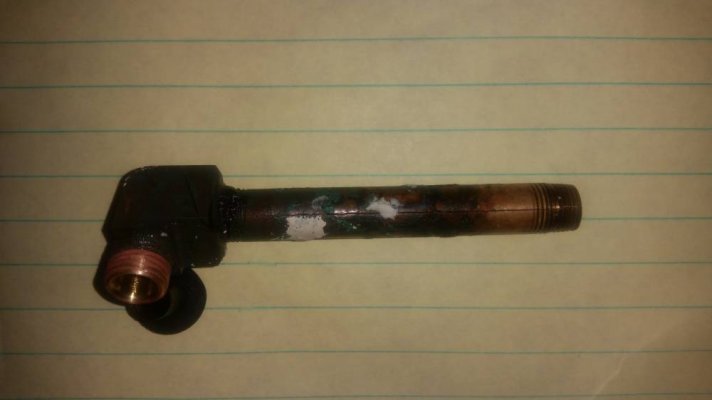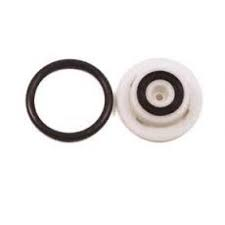Brian1e
Member
Opinions on preferred sealant for mounting trim tab actuators below water line? Urethane i.e. 5200, 4200, or polysulfide? The PO used silicone sealant. One of the brass pipe nipples that pass through the transom split. A question I have is, could the silicone previously used contributed to this, corrosion stress? If so, I will pull the remaining three and re do them also. I am hesitant to use 5200, as I will have to disassemble at some point. Thoughts, suggestions? Thanks.



